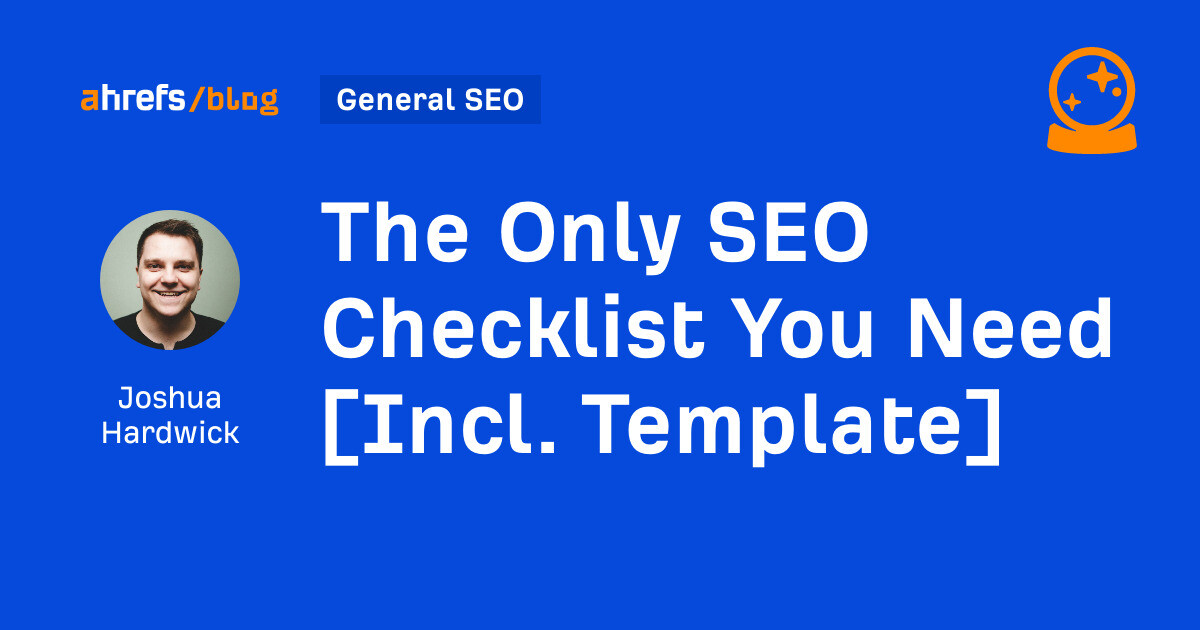Sign up to get started ✨
- Track your progress and stay organized.
- Get automatic site scans to tick off the checkboxes for you.
- Track your keywords positions over time.
- Step-by-step instructions to SEO tasks.
Make sure your website is accessible at one domain
Having your website accessible at multiple domains (like both www and non-www versions) can create duplicate content issues and dilute your SEO efforts. Search engines may see these as separate websites with identical content, potentially splitting your ranking power. Choosing a preferred version and properly redirecting all alternatives helps consolidate your SEO authority and prevents confusion for both users and search engines.
Helpful Resources:
Instructions:
Make Sure Your Website Is Accessible at One Domain
-
1Decide on the Preferred Domain: Choose whether your website will use the 'www' version (e.g.,
www.example.com
) or the non-'www' version (e.g.,example.com
) as the primary domain. -
2Set Up a 301 Redirect: Configure a 301 redirect to point all traffic from the non-preferred version to the preferred one. For example:
-
Example (Apache .htaccess) For redirecting to
https://www.example.com
, use:RewriteEngine On RewriteCond %{HTTP_HOST} ^example\.com [NC] RewriteRule ^(.*)$ https://www.example.com/$1 [L,R=301] -
Example (NGINX) For redirecting to
https://example.com
, use:server { listen 80; server_name www.example.com; return 301 https://example.com$request_uri; }
-
-
3Update Google Search Console: Ensure your preferred domain is set in Google Search Console by adding the chosen version as a property.
-
4Check for Consistent Internal Linking: Verify that all internal links point to the preferred domain version.
-
5Validate Implementation: Test your redirects using tools like HTTP Status Checker to ensure they are working correctly.
